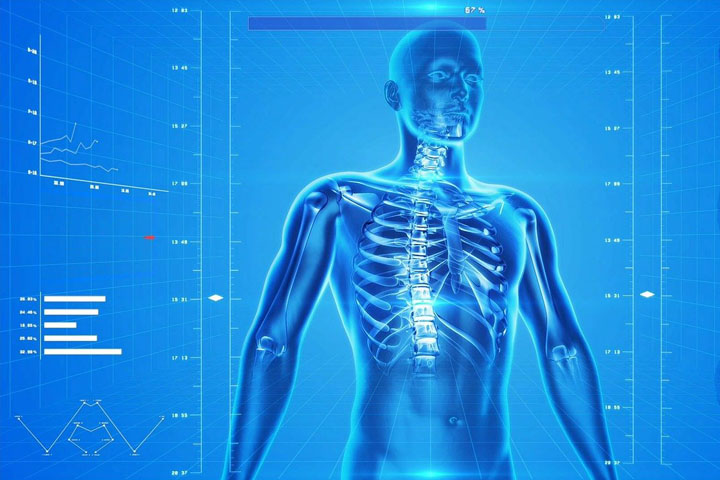
Osteopenia is the early stage of Osteoporosis, and being diagnosed with it, places a person at risk of developing Osteoporosis. A diagnosis of osteopenia is a warning that you must start taking care of your bones and that prevention of further bone loss and a bone health plan needs to be put in place. The risk factors for developing osteopenia are the same as for Osteoporosis.
The result of a DXA scan of the spine and hips for adults over 21 is known as a T-score.
A Normal DXA result is a positive T score down Example: +1.3, -0.8, -0.2
A negative (-1.9, -2.7, -3.4, -4.2 or higher) T score means that your bone health should be addressed.
NOTE; it would unusual for a senior citizen to have + T scores, they usually occur in this age group due to osteophytes, which the body can develop due to stress on the area.
The higher the T score, the more bone you have lost and the higher risk you are for breaking bones.
The Irish Osteoporosis Society has divided up the term osteopenia into three diagnoses, to make it easier to understand your results.
Learn more about what you can expect from a DXA scan.